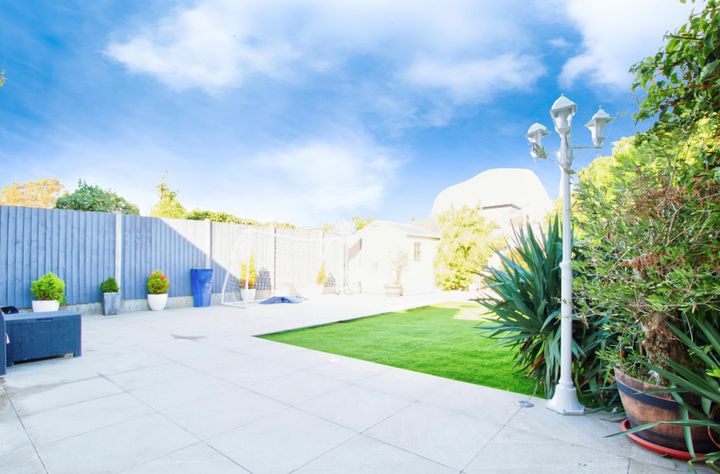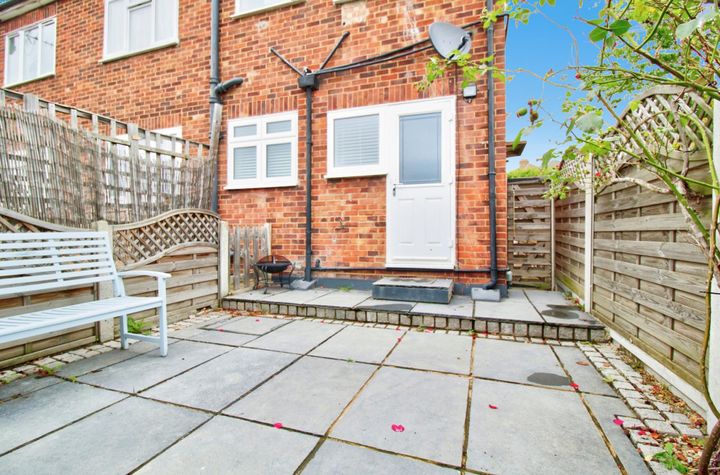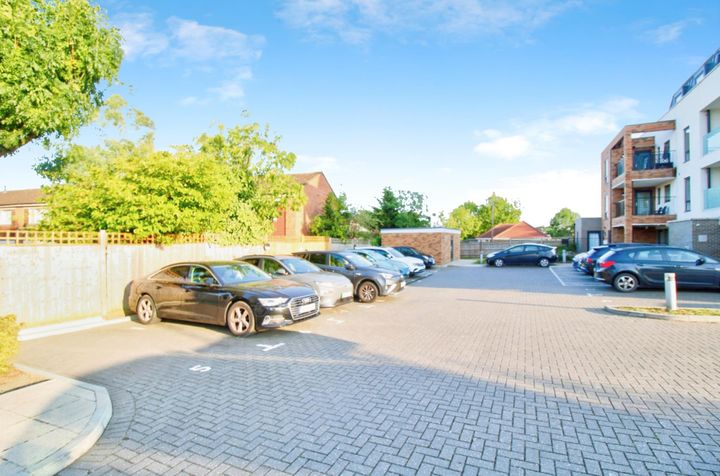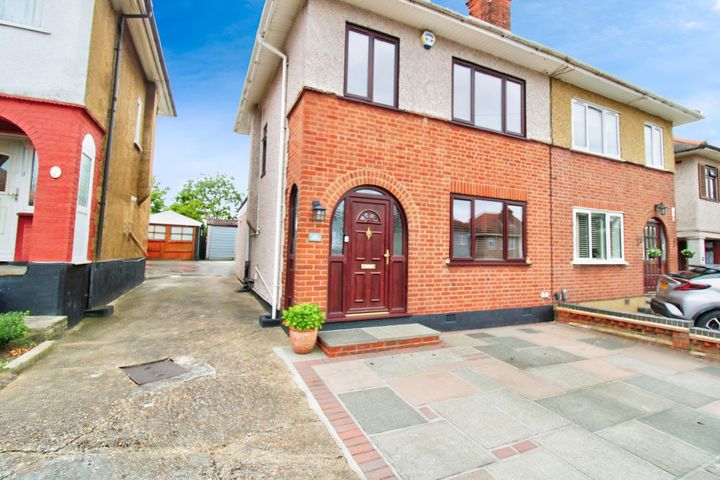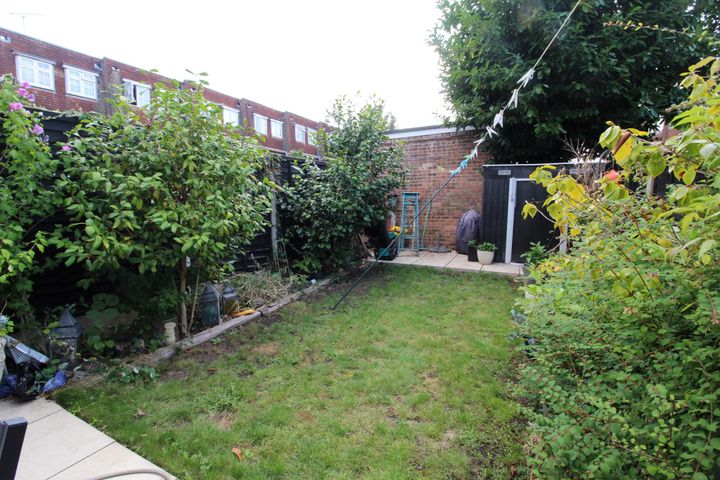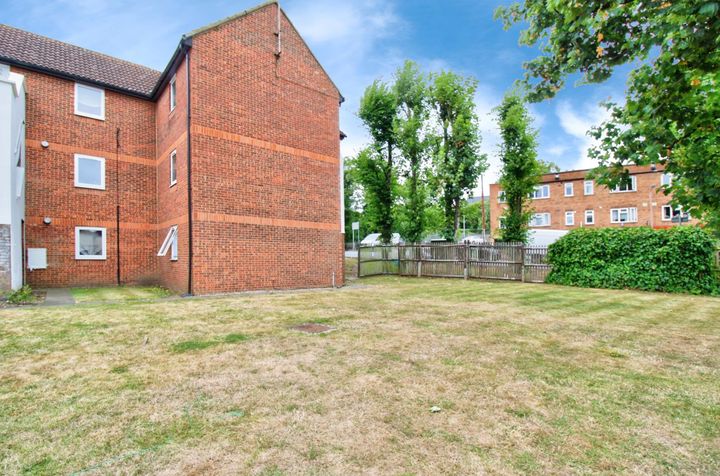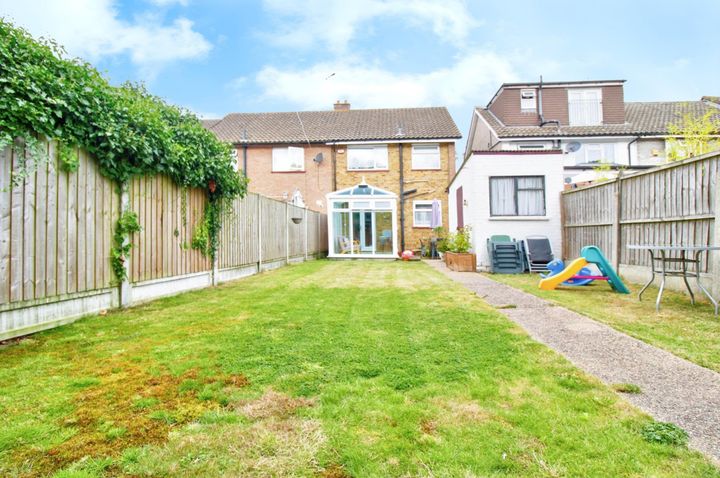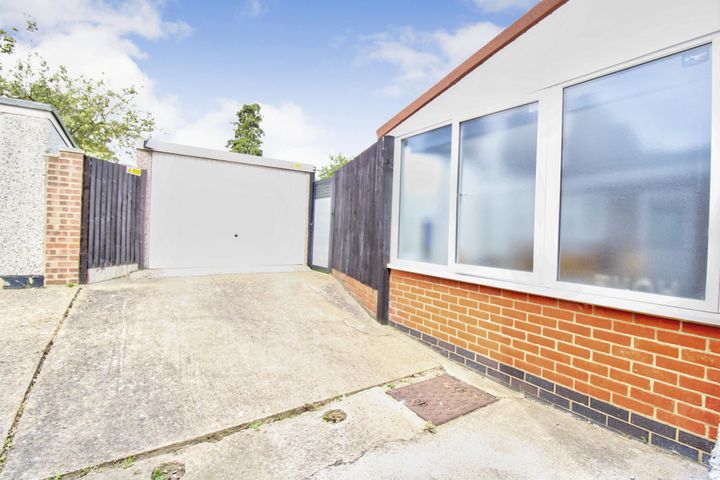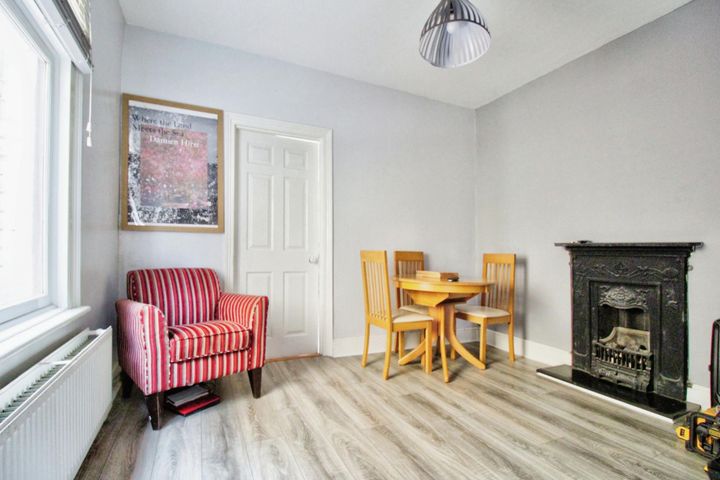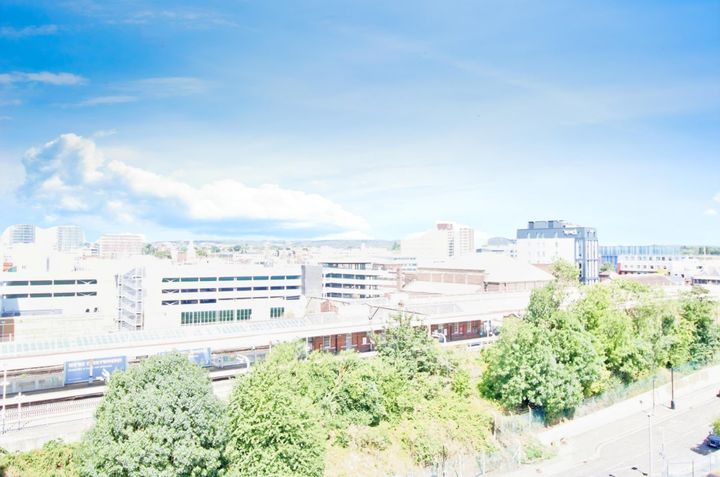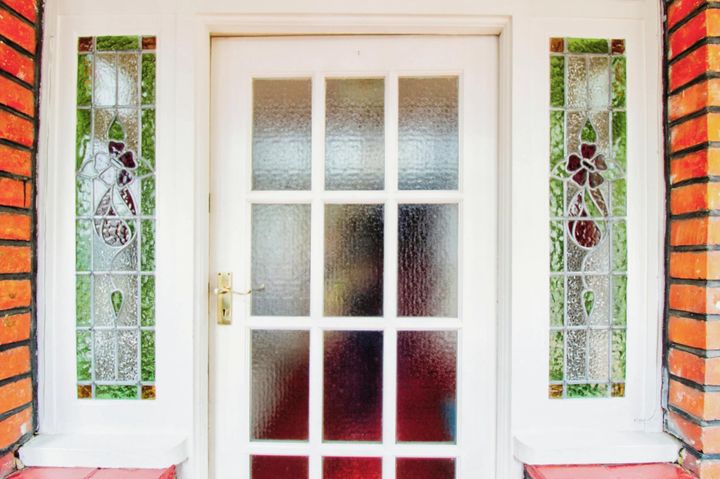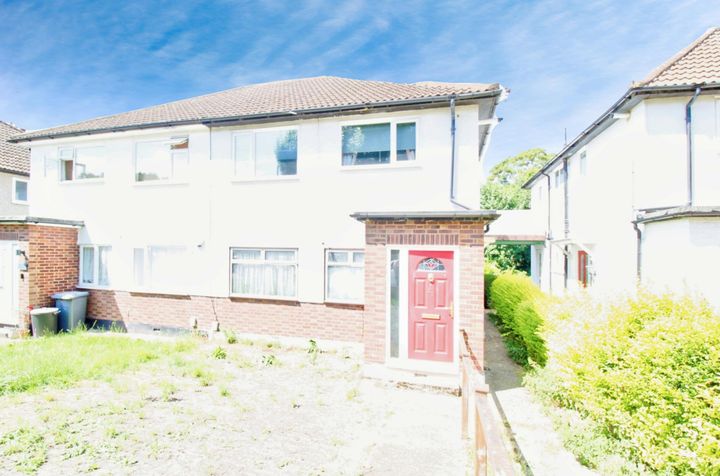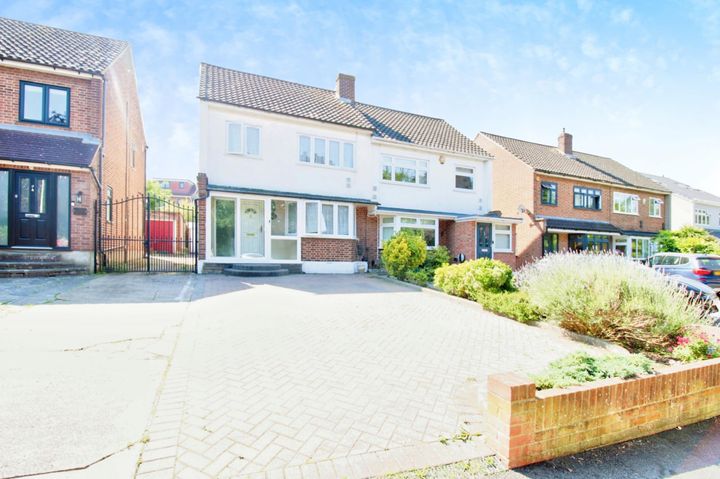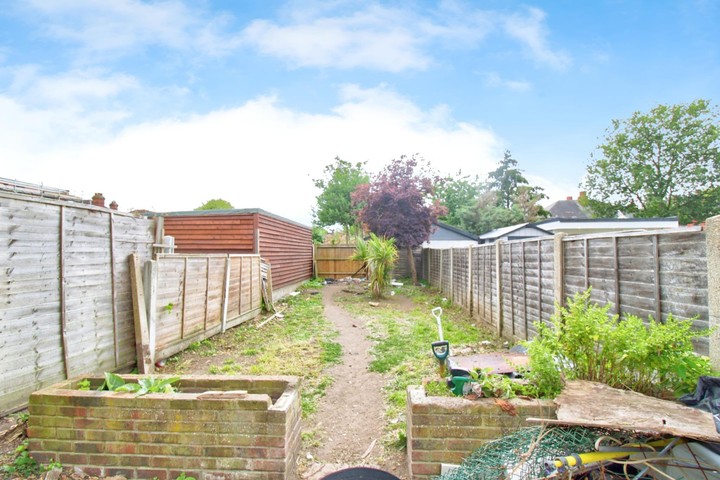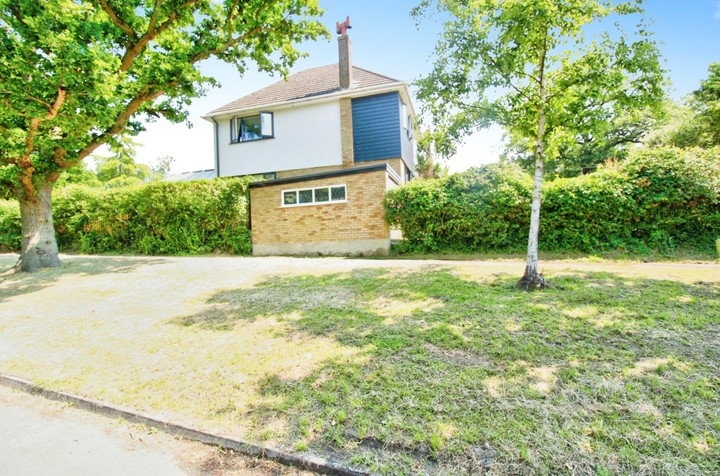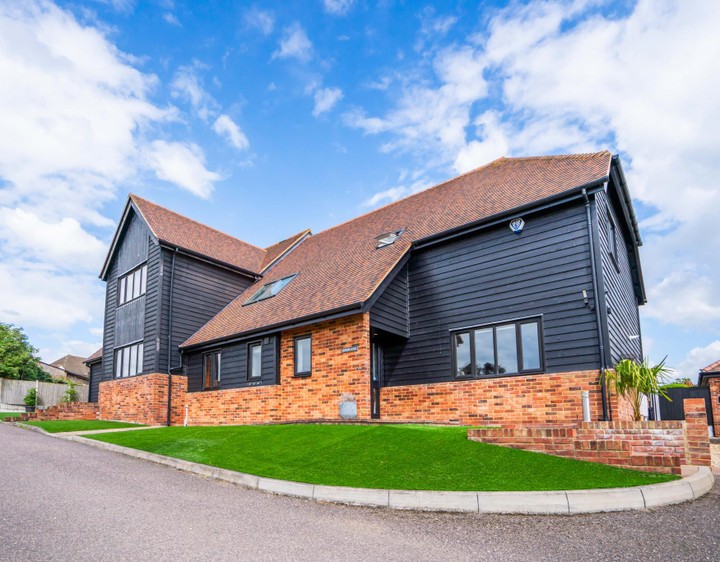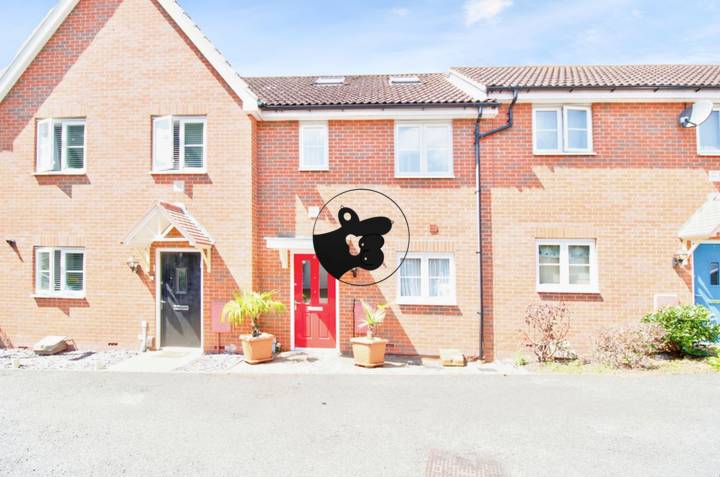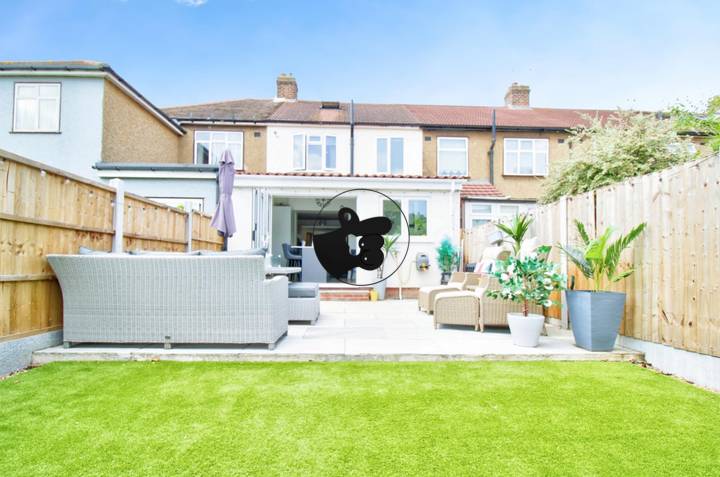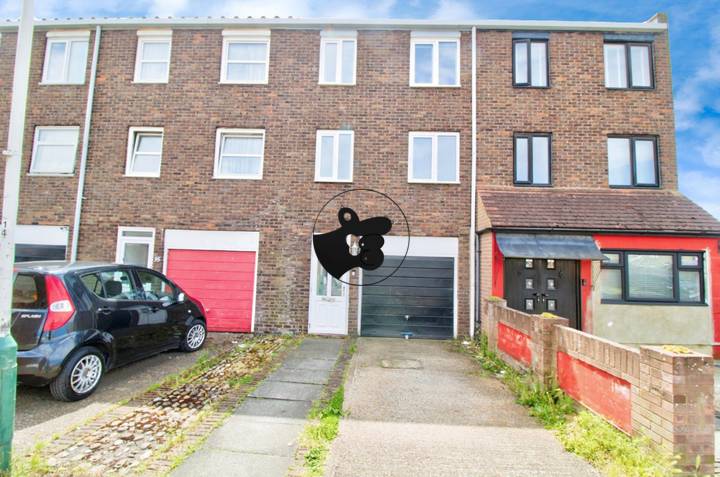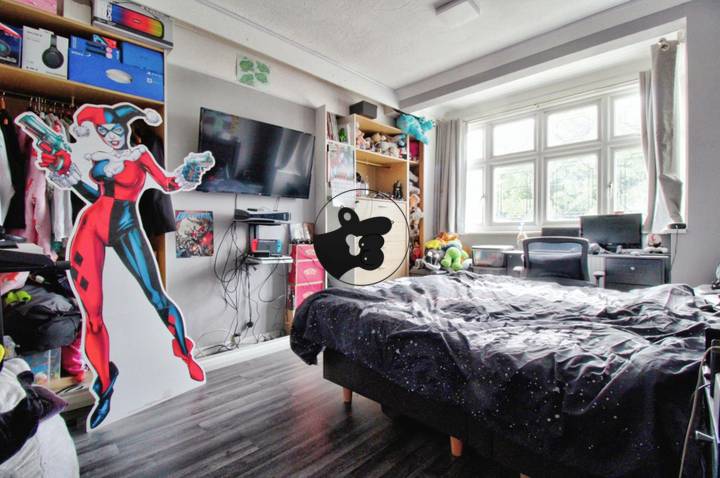In Havering Borough, several factors influence real estate prices, primarily driven by its location, amenities, and transportation links. Proximity to London plays a significant role; areas closer to the Elizabeth Line stations, such as Romford and Upminster, often see higher property values due to improved commuting options. Local schools and educational institutions also have a substantial impact, with properties near highly rated schools like Harold Wood Primary School attracting families willing to pay a premium. Additionally, the presence of parks and green spaces, such as Hornchurch Country Park, enhances the desirability of neighborhoods, fostering a sense of community and contributing to higher real estate prices. Furthermore, ongoing developments and regeneration projects, like those in Romford Town Centre, can lead to increased investment and rising property values, as improved local infrastructure and retail offerings often lead to higher demand for housing in the area.
Havering Borough
Location
Price Range
Any price
Price Range
Minimum
No min
Maximum
No max
Property type
Show all
Property type
Show all
House
Apartment
Building
Other
Bedrooms
Any beds
Bedrooms
Minimum
No min
Maximum
No max
Surface Range
Any surface
Surface Range
Minimum
No min
Maximum
No max
Sale type
For sale
Sale type
Show all
To rent
For sale
Location
Apartments and houses for sale in Havering Borough
31 results
Recent
Havering Borough insights
| Aspect | Summary |
|---|---|
| Population | 257,000 |
| Average Property Price | £400,000 |
| Rental Yield | 4.5% |
| Average Rent | £1,800 |
| Occupancy Rate | 96% |
| Capital Growth Rate | 3% annually |
| Property Tax | £1,200 annually |
| Transaction Costs | 3-5% of property price |
| Expected ROI | 7-8% annually |
| Economic Growth Impact | Moderate, driven by local businesses and transport links |
Havering Borough FAQ
What factors influence real estate prices in Havering Borough?
How has the real estate market in Havering changed over the years?
The real estate market in Havering has experienced significant fluctuations over the years, reflecting broader trends within the UK property sector. Following the 2008 financial crisis, Havering saw a notable dip in property values, with many homes losing approximately 20% of their worth at the peak of the downturn. However, as the economy stabilized in the 2010s, the area began to see a resurgence in demand, particularly from young families and commuters looking for more affordable housing options compared to central London. This led to an increase in property prices; for instance, average house prices rose from around £250,000 in 2012 to over £400,000 by 2020. Additionally, new developments, such as the residential projects around Romford's regeneration zone, have contributed to a shift towards modern housing, while older properties have undergone renovations to meet contemporary standards. In recent years, the rental market has also tightened, with demand for rental properties outpacing supply, leading to increased rental prices across the borough.
What is the average home price in Havering Borough?
As of 2023, the average home price in Havering Borough is approximately £500,000, reflecting a steady increase in the property market over recent years. The borough, located in East London, features a mix of residential areas, with prices varying significantly between different neighborhoods. For instance, in the sought-after area of Upminster, average prices can exceed £600,000, while more affordable options can be found in Rainham, where average prices hover around £400,000. The property mix ranges from Victorian terraced houses to modern developments, catering to diverse buyer preferences. Additionally, the influence of transport links, including proximity to the Elizabeth Line and other rail services, plays a critical role in driving home values in Havering.
Are property prices in Havering Borough rising or falling?
Property prices in Havering Borough have shown a notable trend in recent years, with fluctuations influenced by various market dynamics. Data from recent reports indicates that, as of 2023, average property prices in Havering have been gradually increasing, though the pace of growth varies across different areas within the borough. For example, regions like Romford and Harold Wood have experienced a rise in demand, resulting in higher prices due to their proximity to transport links and amenities. In contrast, some parts of Rainham have seen a plateau or slight decline in property values, potentially attributed to factors such as market saturation or competition from nearby boroughs. The overall market sentiment is further complicated by external factors such as economic conditions and interest rates, which play a significant role in buyer behavior and investment decisions.
How do local amenities affect real estate prices in Havering?
Local amenities significantly influence real estate prices in Havering, as proximity to essential services and recreational facilities can enhance the desirability of an area. For instance, properties located near respected schools, such as St. Edward's Church of England School or The Campion School, often see higher demand from families, leading to increased property values. Access to parks like Raphael Park or Hornchurch Country Park can also raise home prices, as residents appreciate the availability of green spaces for leisure and relaxation. Moreover, proximity to shopping centers, such as The Brewery in Romford, which offers a range of retail and dining options, can attract buyers who value convenience. Public transport links, including the Elizabeth Line, provide quick access to central London, making Havering an appealing choice for commuters, further driving up real estate prices in well-connected locales.
What impact do transport links have on property prices in Havering?
Transport links significantly impact property prices in Havering, as accessibility plays a crucial role for potential buyers. Areas with nearby train stations, such as Romford and Upminster, tend to see higher property values due to their connections to central London. For instance, Romford's Elizabeth Line station enhances the commute to the City, making it an attractive location for professionals, which in turn drives up demand and property prices. Additionally, the availability of major roadways, like the A127 and M25, contributes to the desirability of certain neighborhoods, as it allows for easier access to surrounding areas. Conversely, properties located farther from these transport hubs typically have lower valuations, as the perceived inconvenience can deter buyers. The variation in property prices across Havering underscores how transport infrastructure can influence residential choices and investment potential.
How do home sizes and types influence prices in Havering Borough?
Home sizes and types significantly influence property prices in Havering Borough, reflecting both demand and supply dynamics in the local real estate market. Larger family homes, particularly detached houses with four or more bedrooms, command higher prices due to their space and suitability for families. For instance, a four-bedroom detached house in Upminster can fetch a premium, often exceeding £700,000, based on its desirable location and amenities. In contrast, smaller properties like two-bedroom maisonettes or flats tend to attract younger buyers or first-time homeowners, usually priced between £250,000 and £400,000 depending on the proximity to transport links like the District Line. Additionally, the types of homes available, such as Victorian terraced houses in Hornchurch or modern developments in Rainham, also play a crucial role in shaping prices; the character and age of the buildings often influence their marketability and value. Areas with new build developments typically exhibit a pricing premium, especially if they offer modern features and energy efficiency, which appeal to buyers looking for low-maintenance living.


